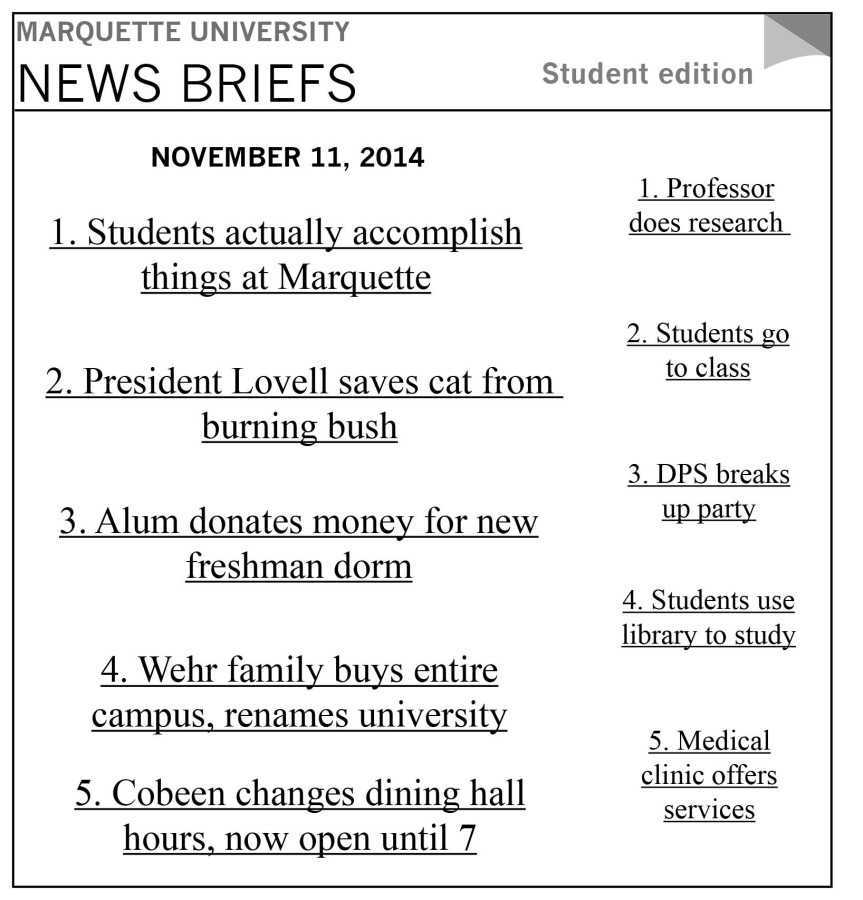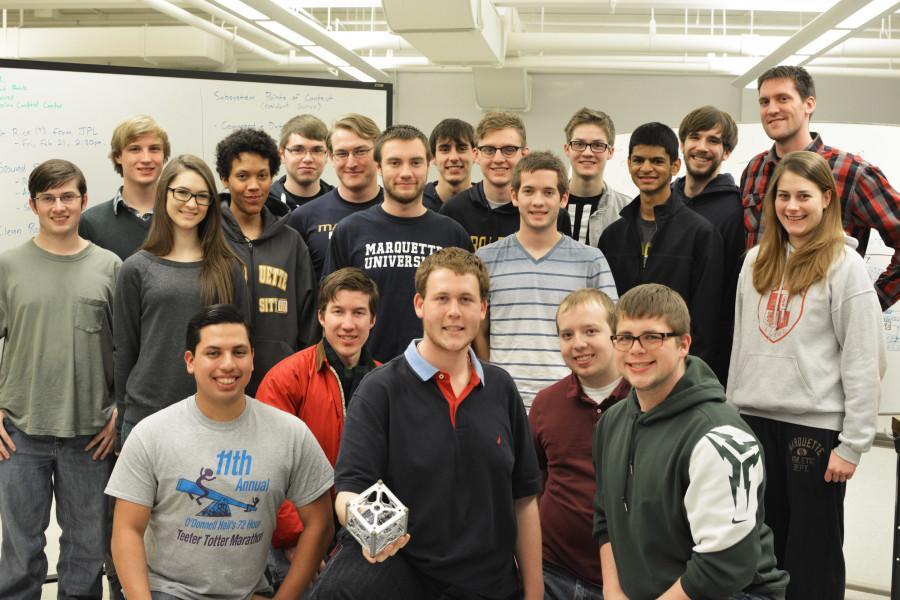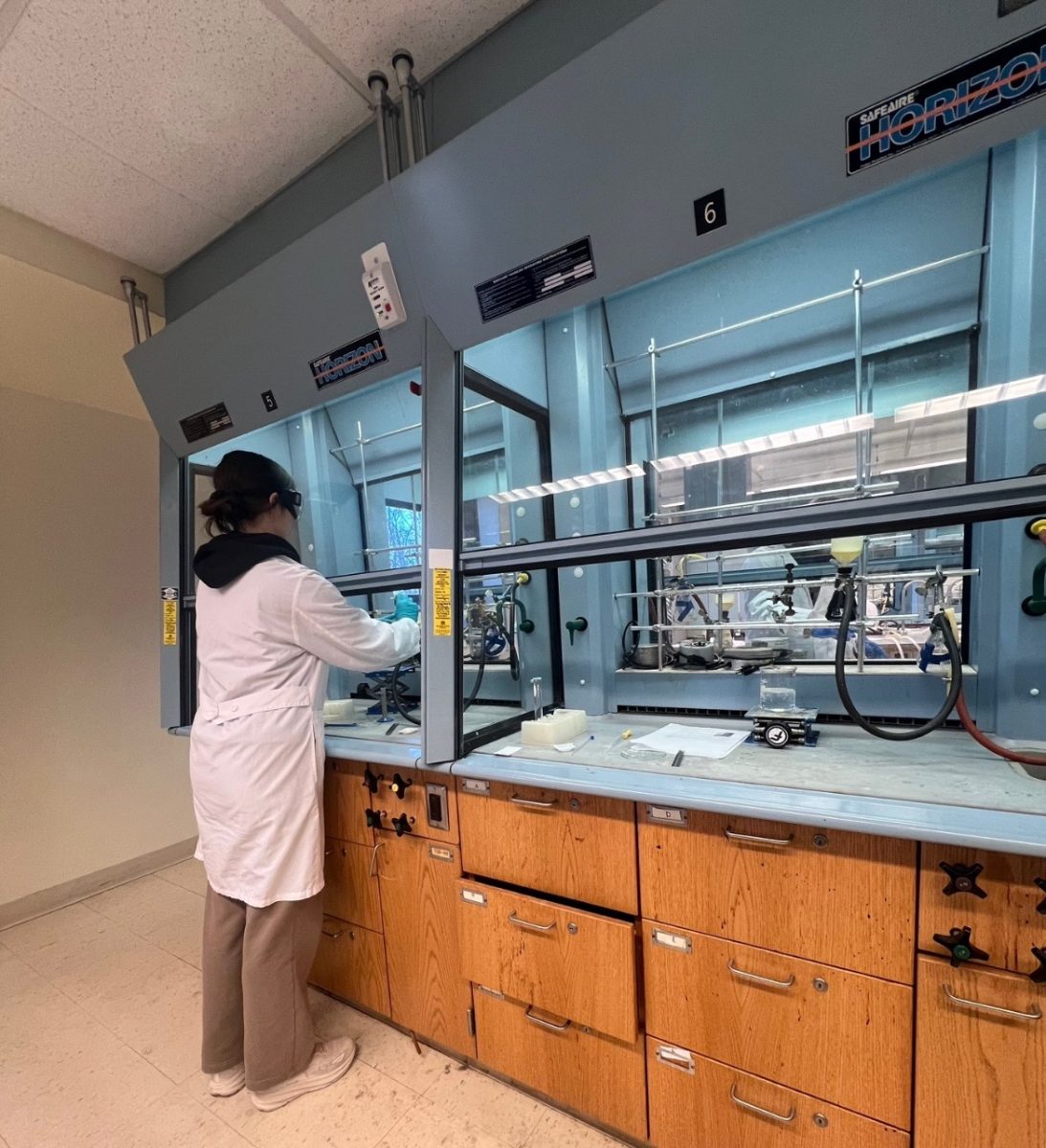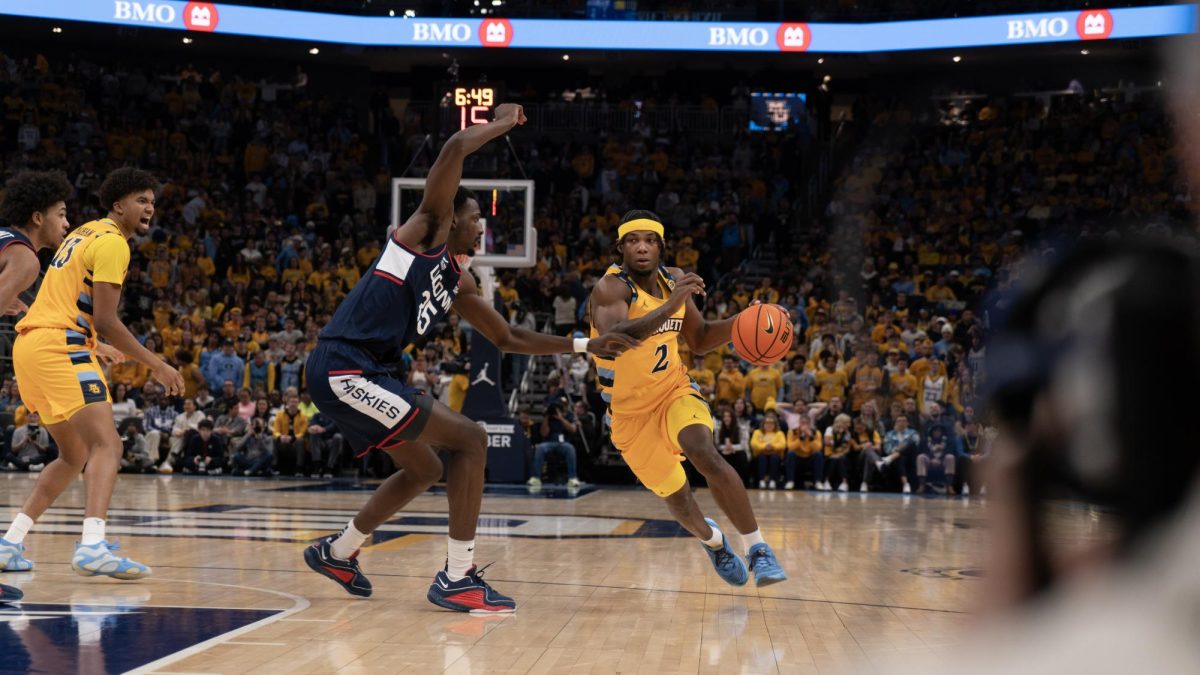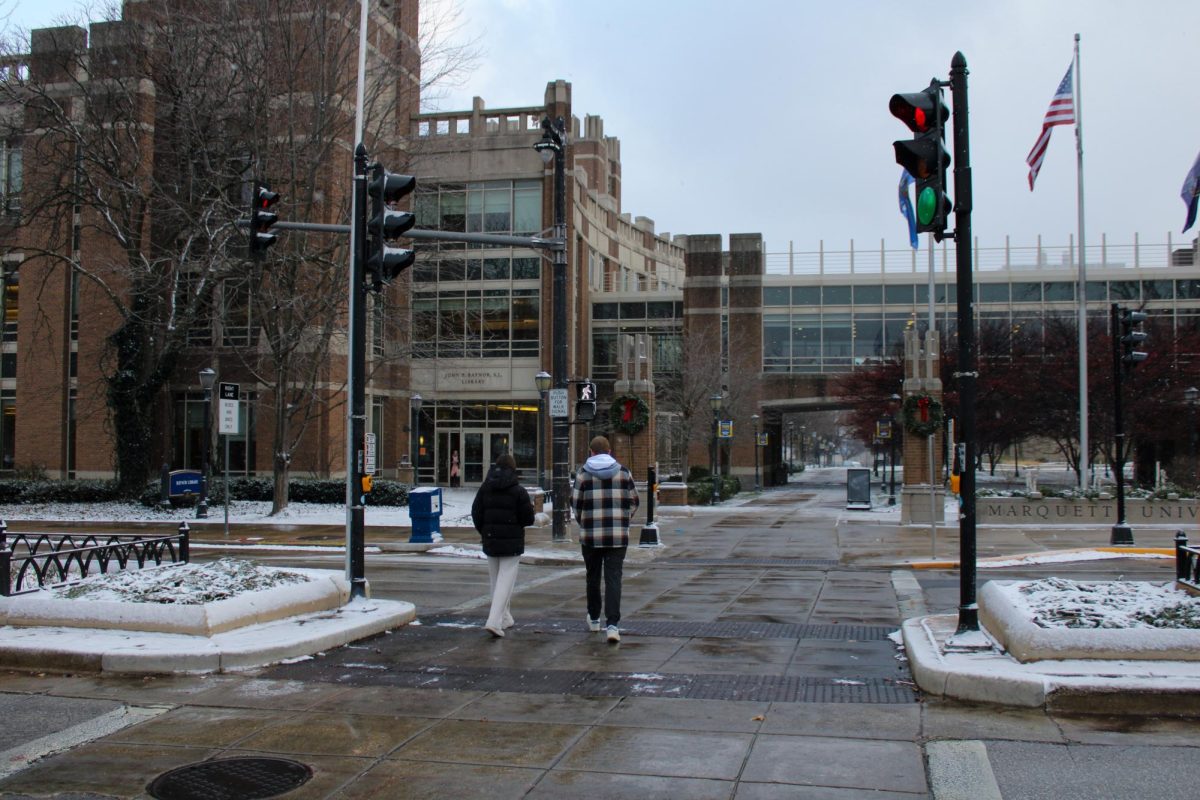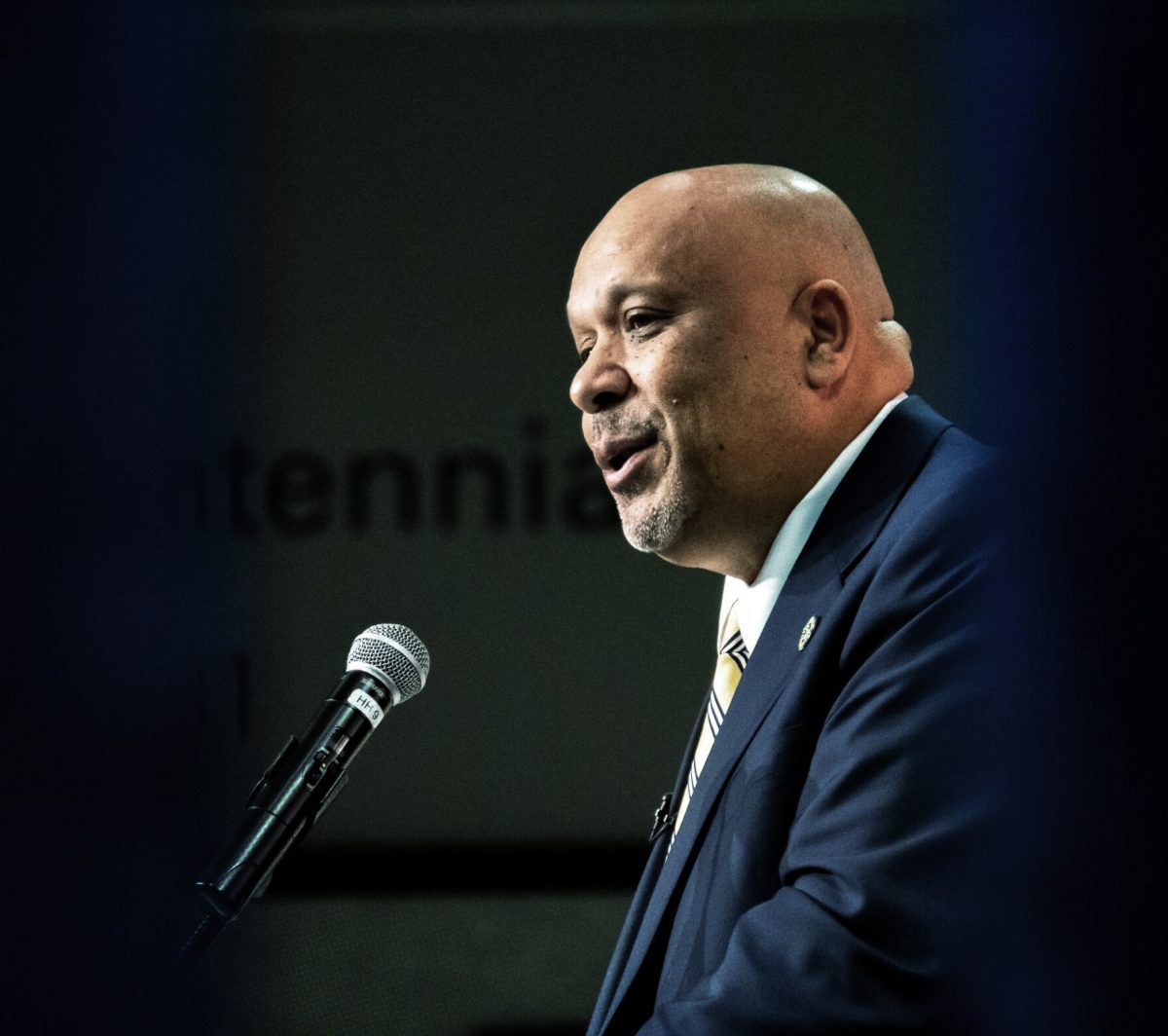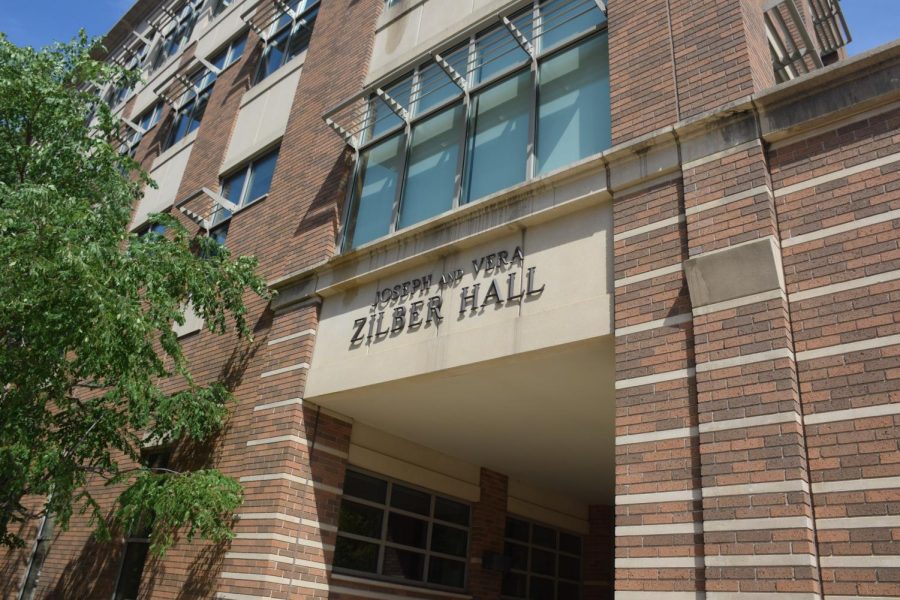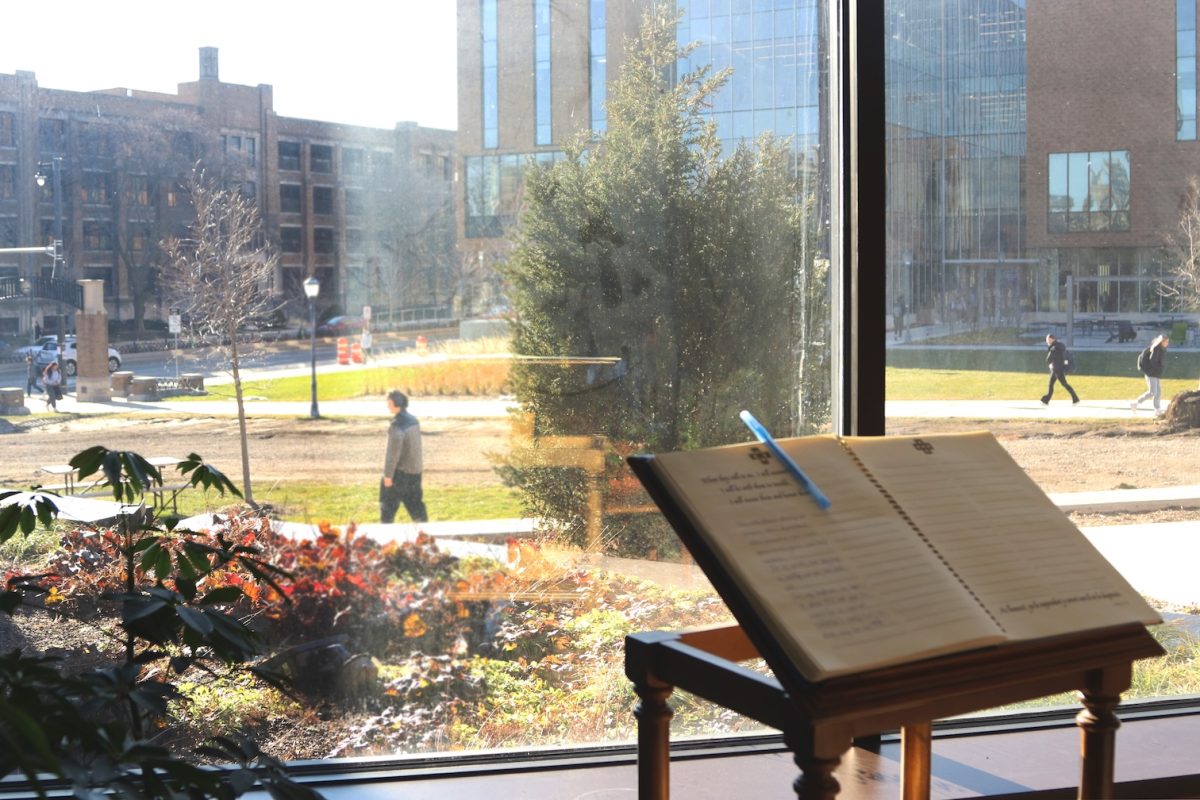Marquette University will become the first school in Wisconsin to have a presence in space with the summer 2015 deadline to give its satellite, Golden Eagle 1, to NASA for a subsequent launch.
The Marquette University Spacecraft Engineering and Senior Design teams have worked on the small cube satellite for years. The project was officially selected for NASA’s CubeSat Launch Initiative earlier this year.
Those working on the GE1 have just recently received all the necessary parts for the satellite. The major task left is preparing the software. The team must add the satellite’s antenna and radio, and write the code for the software.
“We could have bought everything pre-made and launched in a year,” said Jim Torres, a member of the Senior Design team. “But if we want to learn, there’s no point in doing that.”
The teams are also in the process of preparing their mission control in their lab in the Olin Engineering Center. Antennas on top of the building will receive signals from the satellites and relay them to mission control. This will allow the team to communicate with the satellite from campus and receive photographs from the satellite’s thermal and visible light cameras. The team hopes that mission control will be used in future launches as well.
“There’s not a finite number of launches,” said MUSE President Nick Haraus.
Both teams face many challenges in making the satellite. Each team is responsible for a specific part of GE1. Along with the hours of individual work, students spend up to three hours a week in meetings.
“Senior Design and MUSE have to be on the same page at all times,”said Brian Gienko, one of the leaders of the Senior Design team,.
This communication is especially essential when faculty advisers play as minimal a role as they do with the GE1. George Corliss, the faculty adviser for the Senior Design team, said such projects are what set Marquette apart from other universities. He credited the success to the interdisciplinary nature of the project and the faculty’s hands-off approach to the students’ project.
“We’ll do a lot of sitting there with our arms crossed laughing and saying, ‘Man, there’s a train-wreck waiting to happen here,’” Corliss said. “If they ask, we’ll tell them everything we know or ask some leading questions. But each of us faculty advisers for Senior Design have been around for a long time, and we’ve learned is that you want to maximize learning, don’t prevent mistakes.”



